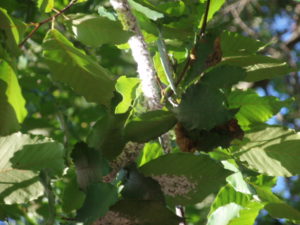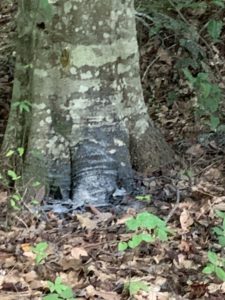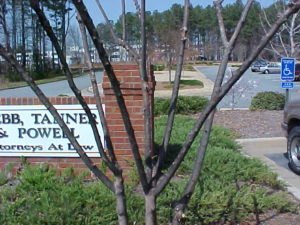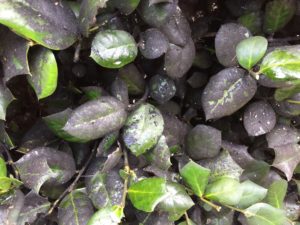Pest Alert – Sooty Mold, Harmless Fungus Indicates Insect Feeding
go.ncsu.edu/readext?728577
en Español / em Português
El inglés es el idioma de control de esta página. En la medida en que haya algún conflicto entre la traducción al inglés y la traducción, el inglés prevalece.
Al hacer clic en el enlace de traducción se activa un servicio de traducción gratuito para convertir la página al español. Al igual que con cualquier traducción por Internet, la conversión no es sensible al contexto y puede que no traduzca el texto en su significado original. NC State Extension no garantiza la exactitud del texto traducido. Por favor, tenga en cuenta que algunas aplicaciones y/o servicios pueden no funcionar como se espera cuando se traducen.
Português
Inglês é o idioma de controle desta página. Na medida que haja algum conflito entre o texto original em Inglês e a tradução, o Inglês prevalece.
Ao clicar no link de tradução, um serviço gratuito de tradução será ativado para converter a página para o Português. Como em qualquer tradução pela internet, a conversão não é sensivel ao contexto e pode não ocorrer a tradução para o significado orginal. O serviço de Extensão da Carolina do Norte (NC State Extension) não garante a exatidão do texto traduzido. Por favor, observe que algumas funções ou serviços podem não funcionar como esperado após a tradução.
English
English is the controlling language of this page. To the extent there is any conflict between the English text and the translation, English controls.
Clicking on the translation link activates a free translation service to convert the page to Spanish. As with any Internet translation, the conversion is not context-sensitive and may not translate the text to its original meaning. NC State Extension does not guarantee the accuracy of the translated text. Please note that some applications and/or services may not function as expected when translated.
Collapse ▲You can see sooty mold growing on the bark of this maple. Sooty mold grows on the sugary sap that is leaking from woodpecker holes in the tree. Notice the holes arranged in lines on the bark.Maples, beech trees, hollies, crape myrtles and many other plants can get covered in a black fungus. Although this ‘sooty mold’ can look bad, it is harmless to the tree. Sooty mold fungus grows on sugary liquids that leak from a tree, shrub or other plant. The sooty mold is harmless to the tree.

Beech tree covered in sooty mold caused by beech blight aphids.
Above you can see a beech tree covered in sooty mold. In fact, so much fungus has accumulated that the fungus looks like sponges on the tree. This is caused by beech blight aphid insects. These insects suck the juice from the tree. The black stuff is mold growing on their sugary droppings. These insects are harmless to the tree. There is no need to treat these insects as they do not hurt the plant. Learn more here: https://ag.umass.edu/landscape/fact-sheets/beech-blight-aphid









